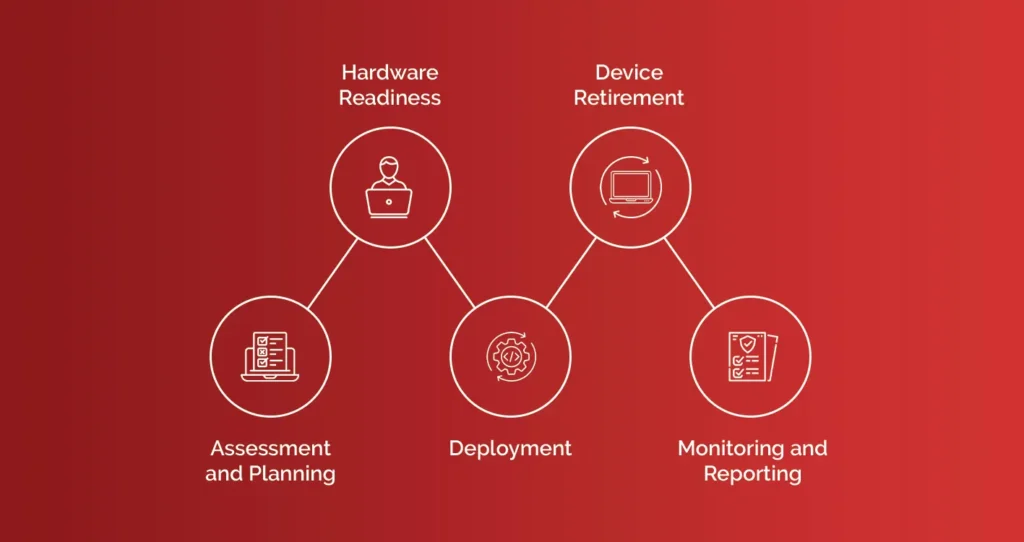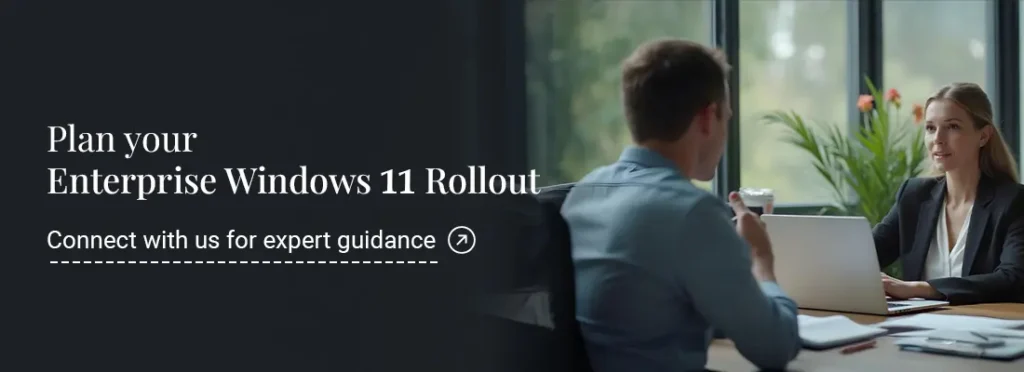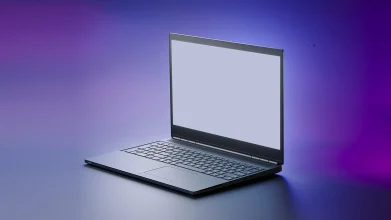Windows 11 offers a fresh interface, enhanced security features, and performance improvements for modern computing environments. For many large organizations, however, the real work of transitioning their entire IT infrastructure to this new operating system is an ongoing process. With support for Windows 10 ending on October 14, 2025, the urgency for enterprises to plan and execute their migration to Windows 11 is becoming increasingly critical.
If you’re part of an enterprise IT team looking at a Windows 11 migration for enterprise, you know this isn’t a task to be taken lightly. It can involve thousands of devices, diverse user needs, and the absolute necessity of keeping operations running smoothly.
The Complexities of Enterprise Windows 11 Migration
Managing Windows upgrades across an organization is never simple, and moving to a whole new operating system version like Windows 11 brings its own unique set of hurdles for enterprises. It’s a project that goes far beyond a standard software patch.
Here are some of the key challenges that make this transition a significant undertaking:
Legacy Hardware
Windows 11 comes with more stringent hardware requirements than its predecessors. This means a large portion of your existing device fleet might simply not meet the Windows 11 hardware requirements, necessitating a full enterprise hardware refresh strategy rather than just a software push.
Security and Compliance Risks
Outdated systems that can’t run Windows 11, or those still running Windows 10 after the support deadline, will face significant security and compliance risks. After October 14, 2025, Windows 10 will no longer receive security updates, bug fixes, and technical support will no longer be available from Microsoft. Migrating is therefore necessary not just for new features, but also to ensure your entire IT infrastructure remains secure and meets regulatory standards.
Scale and Logistics
Managing the upgrade or replacement of thousands of laptops and desktops across potentially multiple sites and regions is a major logistical and operational challenge. It involves intricate coordination, inventory management, and scheduling.
Device Lifecycle Management
The process isn’t just about getting new machines or upgrading existing ones. It includes the entire device lifecycle: procurement, staging (getting new devices ready with the right software and settings), deployment, and the responsible disposal of legacy equipment that no longer meets requirements.
Minimizing Disruption
Any large-scale IT project in an enterprise must be done with minimum disruption to daily business operations. Users need their tools to work, and downtime means lost productivity and potential revenue.
Strict Timelines
Often, these migrations need to be completed within strict timelines, driven by the upcoming end of support for Windows 10, security mandates, or internal strategic goals.
End-User Management
Communicating the changes, scheduling upgrades or replacements, and managing change management for thousands of end users requires significant planning and coordination. Users need to know what’s happening, when, and how it affects them.
As you can see, a Windows 11 migration for an enterprise involves far more than just installing an update. It requires a comprehensive strategy, significant resources, and expert execution. This is particularly true for large-scale projects like a widespread enterprise hardware refresh that often goes hand-in-hand with an OS upgrade.

The Process: A Coordinated Approach
Successfully navigating this transition requires a structured and well-managed process. Based on our expertise in handling large-scale IT projects for enterprises, a typical migration process involves several key stages:
Assessment and Planning
This starts with understanding your current environment. You need to collect asset information on all your existing devices – what hardware do you have, how old is it, and can it run Windows 11? This data needs to be rationalized to identify which machines can be upgraded and which need to be replaced. Based on this, a detailed project plan is developed, outlining timelines, resources, and potential challenges.
Hardware Readiness
For devices that can’t be upgraded, a significant hardware procurement and staging effort is needed. This is also an opportune time to consider sustainable options like Upcycle, remanufactured devices as part of your procurement strategy. Because Windows 11 has more stringent hardware requirements, ensuring you order and configure the right machines in bulk is crucial. Staging involves preparing new devices with the necessary operating system, applications, and security configurations before they reach the end user.
Deployment
This is where the rubber meets the road. On-site deployment involves getting the new or upgraded devices to end users with minimal disruption. This requires careful scheduling, coordination with different departments, and potentially providing temporary support during the transition, offering user guidance and quick troubleshooting to help them adapt to the new environment and resolve any initial issues.
Device Retirement
As new machines are rolled out, the ageing ones need to be handled responsibly. Device retirement and disposal is a critical step, especially when you need to replace machines that do not meet Windows 11 requirements. This involves data wiping, asset tracking, and environmentally responsible disposal or recycling.
Monitoring and Reporting
Throughout the entire process, real-time tracking and reporting are essential. This allows the IT team to monitor progress, identify bottlenecks, and ensure the project stays on schedule and within budget.
Executing these steps for thousands of devices across an enterprise is a significant undertaking that stretches internal IT resources.
How we can help: Taking the hassle out of your Windows 11 Migration
Total IT Global understands the complexities and pressures involved in an enterprise-wide Windows 11 migration. Managing a project of this scale alongside daily IT operations can be overwhelming. This is where bringing in specialized expertise can make a significant difference.
We specialize in helping enterprises navigate large-scale IT projects, including complex OS migrations and hardware refreshes. We can step in to:
- Provide expert project planning, helping you collect, rationalize, and analyze your asset data to build a robust migration plan.
- Manage hardware procurement and staging at scale, ensuring you get the right Windows 11-compatible devices pre-configured and ready for deployment.
- Execute seamless on-site deployment across all your locations, coordinating logistics and minimizing end-user disruption.
- Handle responsible device retirement and disposal, ensuring secure data wiping and environmentally compliant handling of legacy equipment.
- Implement real-time tracking & reporting, giving you full visibility into the project’s progress every step of the way.
By leveraging our expertise, you can take the time, hassle, and risk out of your Windows 11 Servicing program, allowing your internal IT team to focus on core business functions.

Conclusion: Embracing Windows 11 migration with confidence
The transition to Windows 11 is an inevitable step for most enterprises, driven by the need for updated security, performance, and features, and underscored by the upcoming end of support for Windows 10. While the challenges of a large-scale Windows 11 migration for enterprise are significant, particularly when a hardware refresh is required, they are not insurmountable.
With careful planning, a structured process, and the right support (from Total IT Global), your organization can navigate this shift smoothly, ensuring minimal disruption and positioning your IT infrastructure for the future. Don’t let the complexity hold you back; approach your Windows 11 migration strategically, and you can unlock the benefits of the new operating system with confidence.

